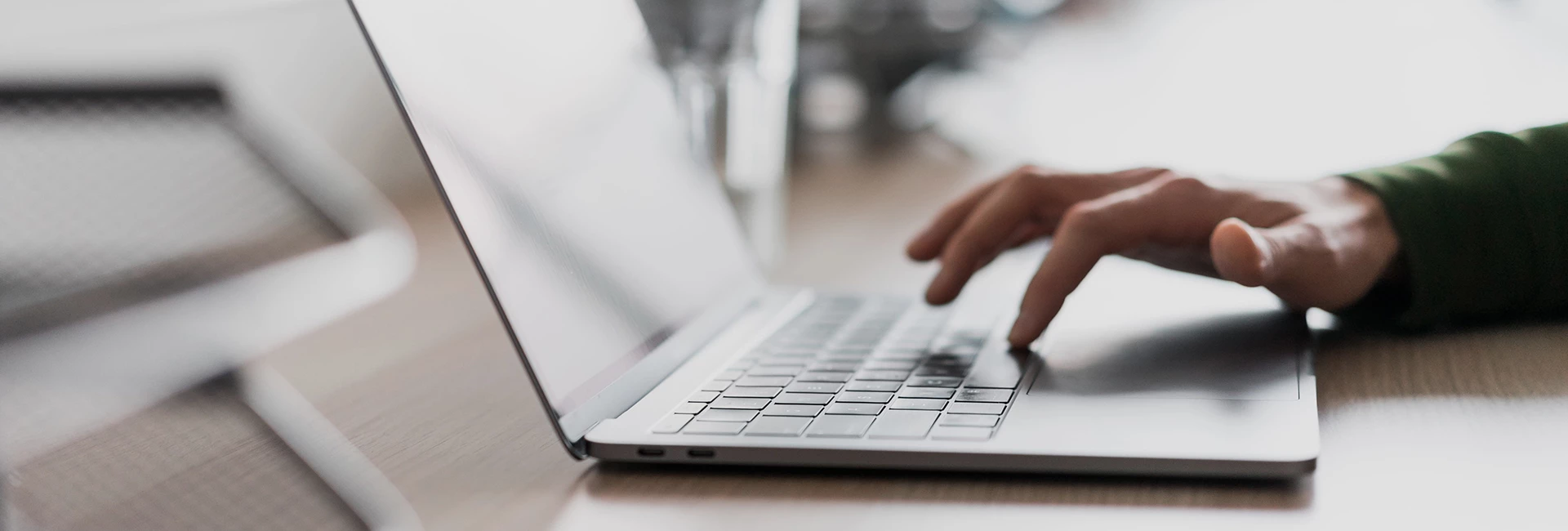What Should Be Paid Attention To When Using Palladium Nitrate
When using palladium nitrate (Pd(NO₃)₂), a series of safety and operating precautions should be taken. Here are some important precautions:
1. Safety protection
Personal protective equipment (PPE): When handling palladium nitrate, appropriate personal protective equipment such as gloves, goggles and laboratory coats should be worn to prevent chemicals from contacting the skin or eyes.
Ventilation requirements: Make sure to operate in a well-ventilated environment, preferably in a fume hood, to avoid inhaling harmful gases.

2. Avoid contact
Skin and eyes: Palladium nitrate may cause irritation to the skin and eyes, so avoid direct contact.
Inhalation: Avoid inhaling aerosols of its powder or solution, and pay attention to protection when using it.
3. Storage conditions
Moisture-proof storage: Palladium nitrate should be stored in a dry, cool place, away from light and moisture to prevent decomposition.
Sealed containers: Properly seal to prevent contact with air and avoid contamination.
Get Free Quote
4. Disposal and waste management
Waste disposal: Used palladium nitrate solution or solid residue should be disposed of in accordance with local regulations and follow relevant hazardous waste management regulations.
Neutralization: When handling palladium nitrate waste, try to neutralize it by appropriate methods before disposal, and avoid pouring it directly into the sewer.
5. Reaction compatibility
Chemical compatibility: Before reacting with other compounds, understand their compatibility and avoid contact with strong acids, strong bases and reducing agents, which may lead to dangerous reactions.
Reaction conditions: Make sure to use appropriate reaction conditions (such as temperature, pressure, etc.) to avoid unexpected by-products or reaction hazards.
6. Operation precautions
Weigh carefully: Be careful when weighing palladium nitrate to avoid splashing or leaking.
Dilution process: If dilution is required, it is recommended to be done in a well-ventilated environment and add water slowly to avoid generating a lot of heat or gas.
7. Emergency measures
Leakage treatment: If a leak occurs, take immediate measures to clean it up to avoid the spread of chemicals. Use appropriate absorbent materials (such as sand) for sealing and cleaning.
First aid measures: Understand relevant first aid measures. If contact with skin or eyes, rinse immediately with plenty of clean water and seek medical help; if inhaled, move to a well-ventilated place immediately.




